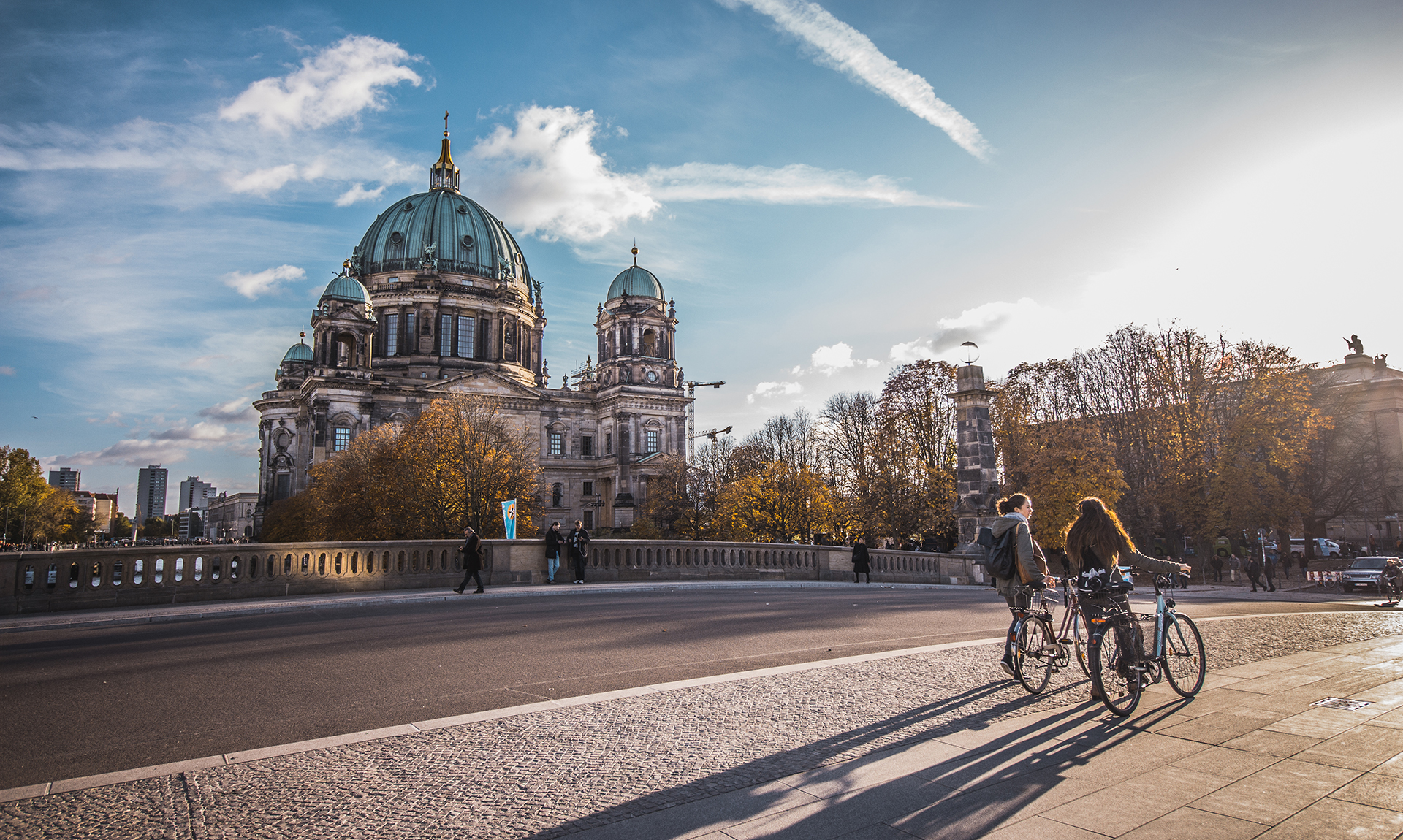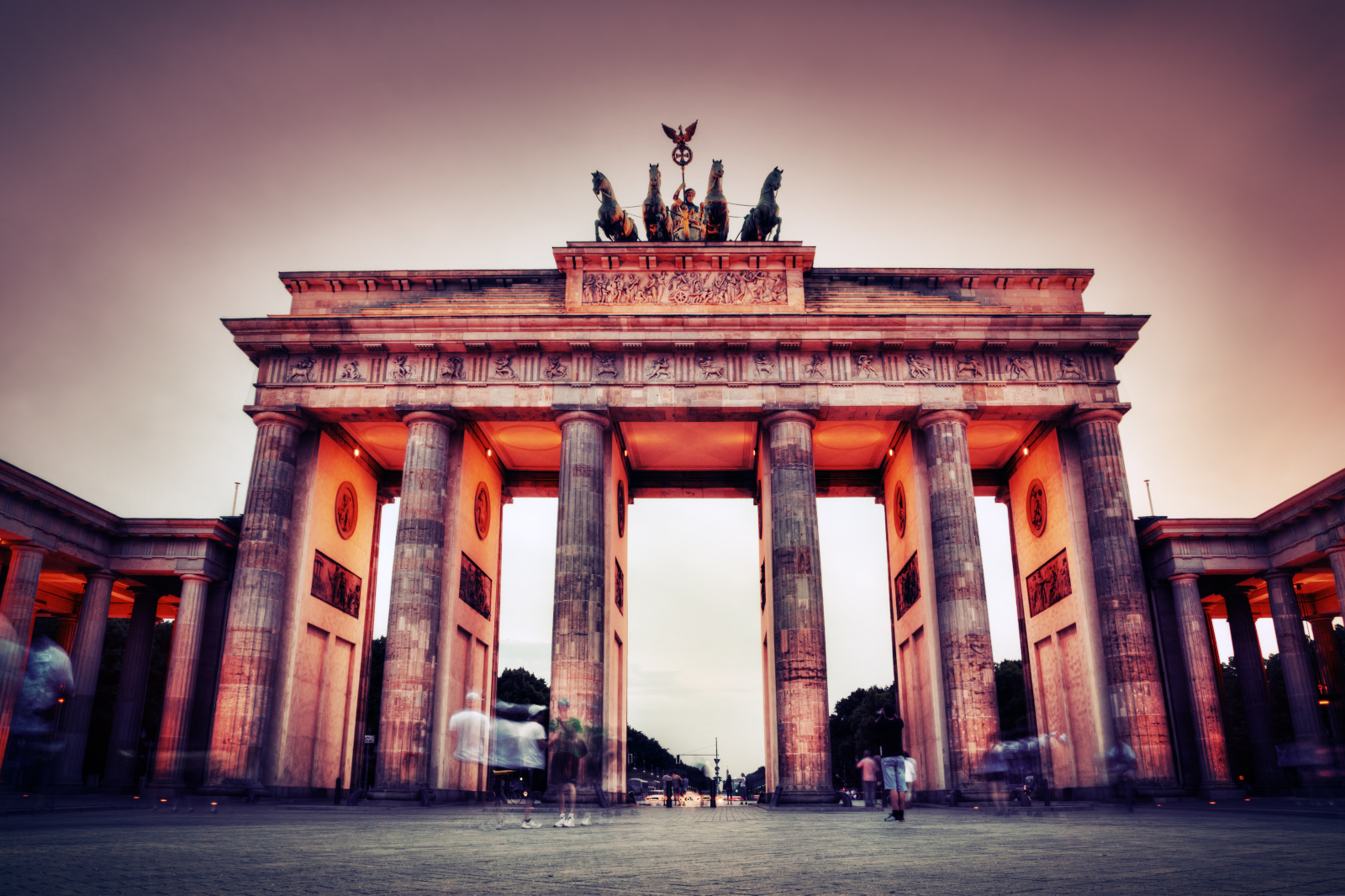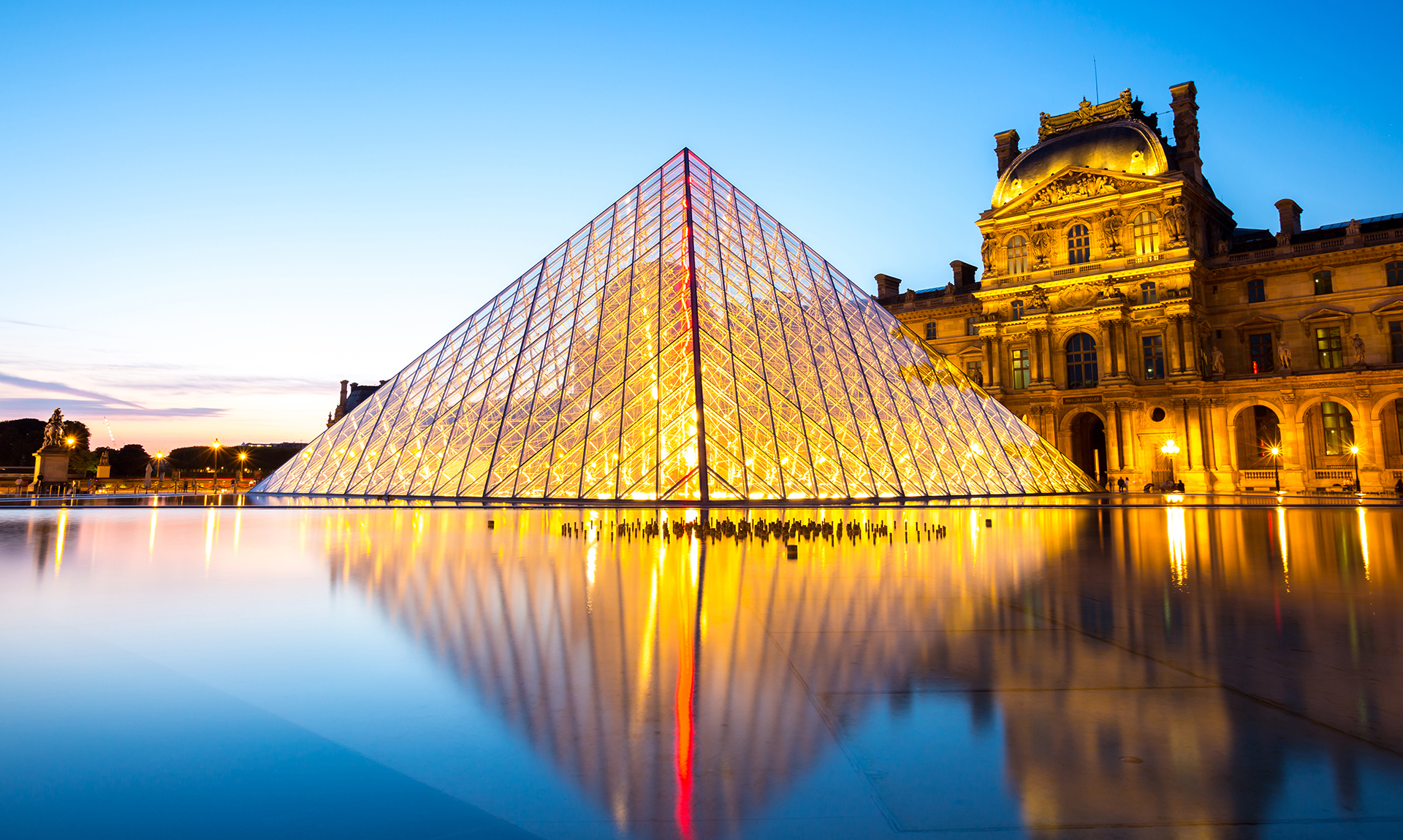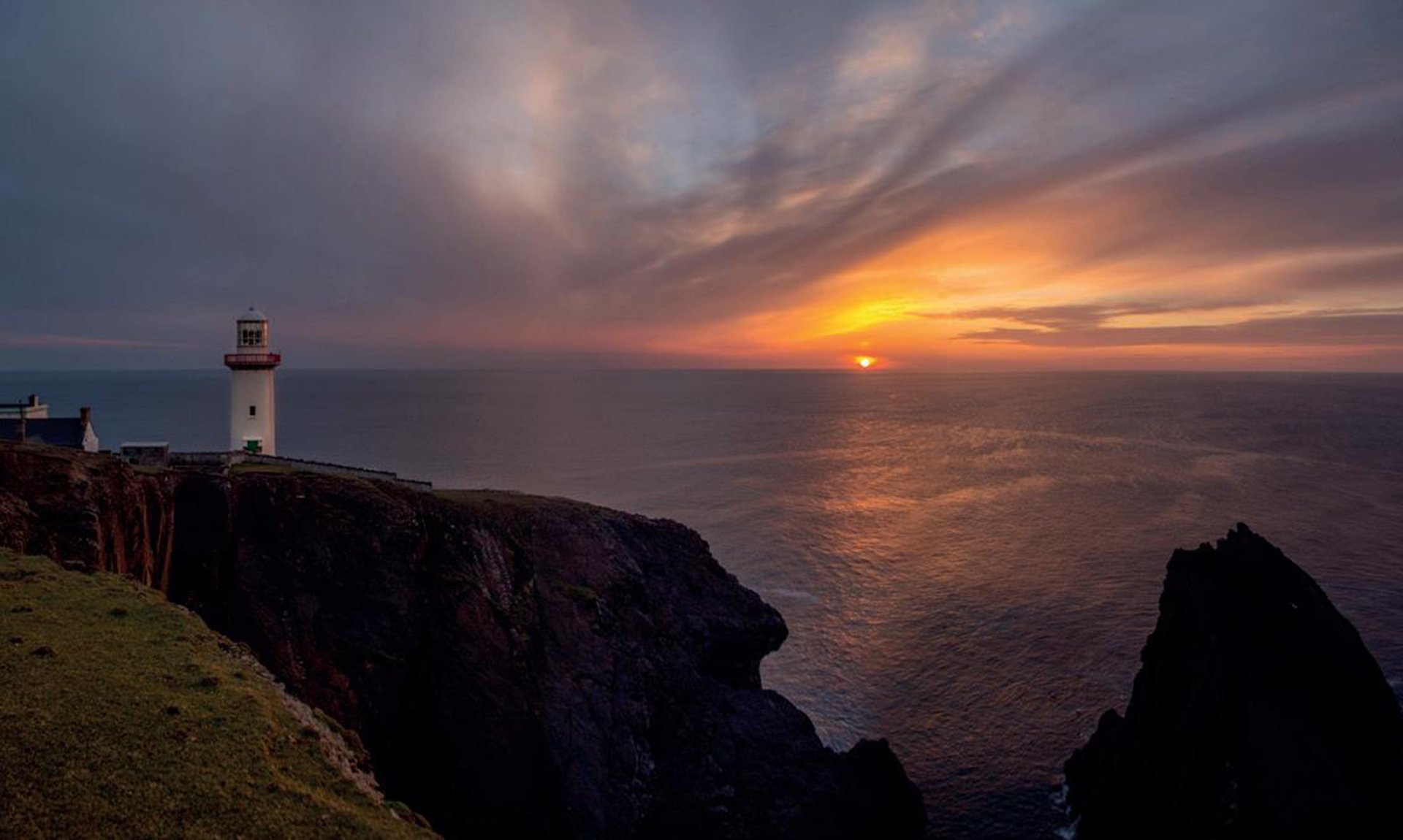
Berlin
Berlin
This is a city with a rich history and culture. Historically, the city was at the centre of Nazi power during the Second World War and was later divided during the Cold War into two sections before the fall of the Berlin Wall in November 1989 and its subsequent reunification.
Since then, Berlin has developed into a tourist destination with much to offer no matter the age or taste of its visitors.
There’s a vibrant arts and culture scene, with numerous museums, galleries, and performance venues showcasing both contemporary and traditional works. The city also boasts a lively nightlife, with a variety of bars, clubs, and restaurants offering a diverse range of cuisines and entertainment options.
Berlin has also invested in its infrastructure and amenities for tourists, with modern transportation systems, comfortable accommodation options, and numerous tourist services and activities.
Overall, Berlin is a city with something for everyone, and visitors are sure to have a memorable experience exploring all that it has to offer.
Here are our top suggestions.
Brandenburg Gate: This famous landmark was built in the late 18th century and served as the entrance to the city of Berlin. Throughout its history, the Brandenburg Gate has been the site of many significant events, including the famous speech by US President John F. Kennedy in 1963, where he declared his support for the people of Berlin with his famous words “Ich bin ein Berliner” (“I am a Berliner”).
Berlin Wall: The wall was a symbol of the Cold War and has become a popular tourist destination. The East Side Gallery is a section of the wall that has been turned into an open-air gallery with many colourful murals.

Reichstag: The German Parliament building offers great views of the city from its glass dome. Visitors can also attend the debates and hearings.
Museum Island: Located in the heart of Berlin, Museum Island is a UNESCO World Heritage site and has five museums that display various collections of art and artefacts. The most popular is the Pergamon Museum with its vast collection of ancient artefacts, including the famous Pergamon Altar.
Checkpoint Charlie: This is the most famous border crossing point between East and West Berlin during the Cold War. Today, it is a museum that showcases the history of the checkpoint.

Brandenburg Gate. German Brandenburger Tor in Berlin, Germany at sunset
Berlin Zoological Garden: This is the oldest zoo in Germany and is home to over 15,000 animals, including the famous polar bear Knut.
Parks: The city has many parks and green spaces, including the Tiergarten and Tempelhofer Feld. These are great places to relax, have a picnic, or go for a jog or bike ride.
Berliner Unterwelten – This organization offers guided tours of the city’s underground tunnels and bunkers, including some that were used during World War II. Some of these tours involve climbing ladders and crawling through narrow spaces, so they may not be suitable for everyone, but they can be a unique way to experience Berlin’s history and architecture.

German Reichstag, the German parliament building in Berlin at sunset. Some german flags and one European waving. Politics and architecture concepts.
Olympiastadion Berlin – This historic stadium hosted the 1936 Summer Olympics. The Games are primarily famous for their connection to Nazi Germany and Adolf Hitler, who used the event as a propaganda tool to promote his ideologies. American track and field athlete Jesse Owens, who was black, became the star of the Games by winning four gold medals and breaking several world records. Owens’ victories undermined Hitler’s notions of Aryan supremacy and racial superiority.
The 1936 Olympics were also significant for being the first Games to be televised, although the technology was still in its infancy and only a few hundred viewers were able to watch the broadcasts.




